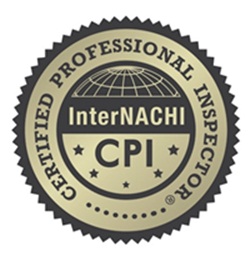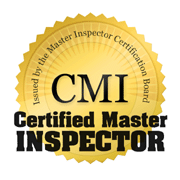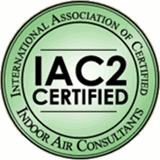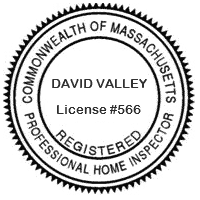Massachusetts Home Inspections YOUR INVESTMENT IS MY CONCERN

Water Testing

To protect the public, Congress enacted the Clean Water Drinking Act in 1974 and strengthened it in 1986, establishing minimum water quality standards for most homeowners. However, there is no guarantee that all utilities fully comply with these regulations.
Enforcement of water quality standards is challenging at the national, state, and local levels, and not all known contaminants are included on the list. Additionally, not all water testing is entirely accurate. Having your water tested can reveal if it contains lead or other harmful contaminants. If lead levels exceed 15 parts per billion (ppb), it is strongly recommended to take action. Testing is the only reliable way to determine if harmful levels of lead or other contaminants are present in your drinking water.
YOU SHOULD CONSIDER TESTING YOUR WATER IF:
- You use water from a private well, it’s important to be aware that germs and chemicals can contaminate your water in various ways. Some contaminants, like heavy metals such as arsenic, lead, and cadmium, naturally occur in rocks and soil and can seep into groundwater, ultimately affecting your well water. Other contaminants may come from human and animal waste, often due to polluted stormwater runoff, agricultural runoff, flooded sewers, or malfunctioning septic systems, which can all seep into your well. To ensure the safety of your drinking water, regular testing is crucial. Testing your well water annually will help protect you and your family from potential health risks associated with contaminated water.
- Your home has lead pipes (which are typically dull gray in color and soft enough to be scratched with a knife or key), it’s important to be aware of the potential risks. Your home inspection report (on page 15 #3) will always specify the type of pipes supplying your water, helping you identify if lead pipes are present.
- Your home has older copper plumbing or chrome-plated or brass fixtures, it's important to be aware that these materials may pose potential risks over time.
- You notice signs of corrosion in your water, such as frequent leaks, rust-colored water, or stains on sinks, dishes, or laundry, it may indicate an issue with your plumbing or water quality.
If you're concerned about the quality of your home’s water, you may want to have your well water tested. Massachusetts Home Inspections can collect a sample of your tap water and send it to our independent certified lab for analysis of any harmful contaminants. The lab will email you the test results within two days. (Pricing may vary. To view testing levels and pricing, simply click on "Optional Services" and scroll down to "Water Quality Analysis").
If testing reveals that the levels of any contaminants are high, it's important to take action immediately. The steps you need to take will depend on the specific pollutants involved. You may need to install a water treatment device, such as a reverse osmosis system, distillation system, aeration system, or activated carbon filter, to address the contamination.


Here is what my clients have to say about my home inspection services:
Press F5 (on your keyboard) for additional testimonials
Thank you for your very thorough and impressive work. We really appreciated the difference in level of service you provided compared to many other people we have dealt with.
Steven














